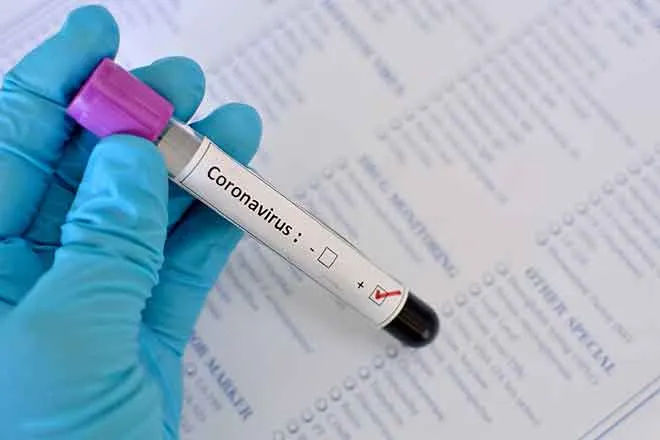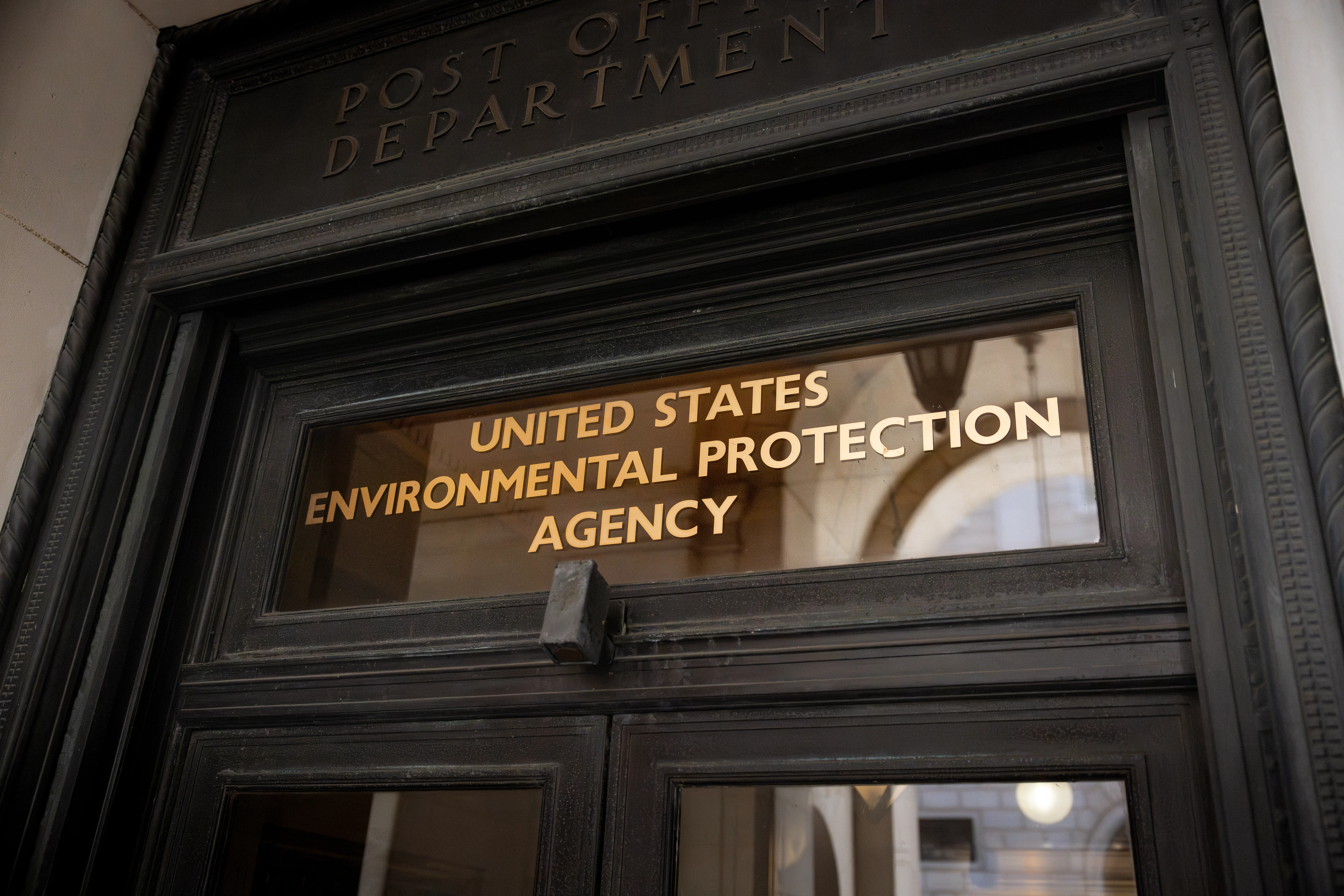
Rising risks of toxic PFAS chemicals in Colorado drinking water
© mheim3011 - iStock-544332118
Click play to listen to this article.
More than 143 million Americans are at risk of toxic PFAS, so-called forever chemicals, in their drinking water, according to new test results released by the Environmental Protection Agency and with just 40 percent of water systems fully tested, the number is expected to rise.
Even low doses of PFAS have been linked to compromised immune systems, fetal harm and cancer.
Ken Sansone, attorney at SL Environmental Law Group, said PFAS, developed by companies including 3M and DuPont, are both very useful but very dangerous.

© mheim3011 - iStock-544332118
"It was used in thousands of different kinds of consumer and commercial products, including food packaging, cleaning products, cosmetics, cookware, stain resistant coverings for clothing and furniture and carpets," Sansone outlined. "The list goes on."
The Colorado Department of Public Health and Environment has identified 27 water systems, serving 268,000 customers, exceeding new federal PFAS standards. Colorado lawmakers have moved to phase out PFAS use by 2028, and last year extended restrictions to include cookware, dental floss, menstruation products and others.
Sansone pointed out despite sizable legal settlements with PFAS producers, it will not be enough to cover the costs of shoring up water treatment systems. The American Waterworks Association projects the cost of compliance will be well over $50 billion.
"There's going to be some costs here that ultimately ratepayers at these water utilities are going to remain on the hook for," Sansone emphasized.
The Environmental Working Group estimated nearly 30,000 industrial polluters are still releasing PFAS chemicals. Sansone noted the new drinking water restrictions on PFAS, the equivalent of four drops in 20 Olympic-sized swimming pools, will apply to every public water system in the nation.
"They will need to ensure within the next few years that the water they are serving to their customers does not exceed these limits," Sansone stressed. "They are very low limits. For PFOS and PFOA, they are set at four parts per trillion."

















